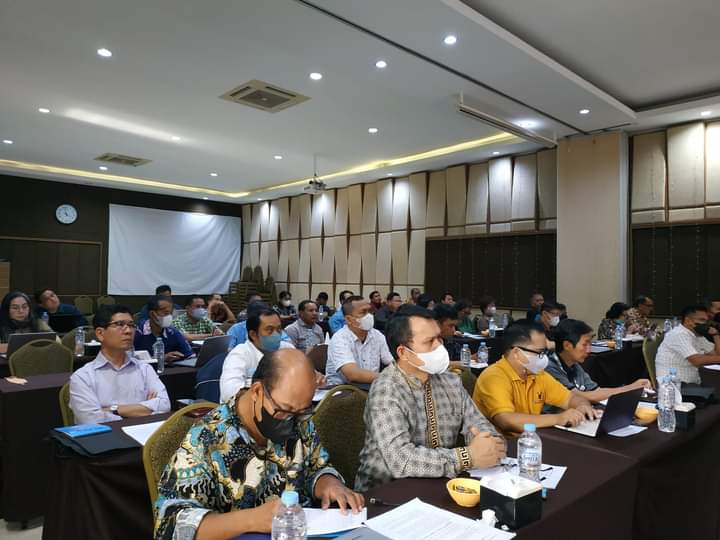A hydraulic power unit (HPU) is a self-contained system that generates and transmits hydraulic power. It typically consists of various components such as a motor, hydraulic pump, reservoir, valves, filters, and sometimes an accumulator.
Here’s a breakdown of the key components and their functions within a hydraulic power unit:
- Motor: The motor is the primary source of mechanical power in the hydraulic power unit. It can be an electric motor, internal combustion engine, or other power source, depending on the application. The motor drives the hydraulic pump.
- Hydraulic Pump: The hydraulic pump is driven by the motor and generates hydraulic pressure by drawing in hydraulic fluid from the reservoir and forcing it into the hydraulic system. There are different types of hydraulic pumps, including gear pumps, vane pumps, and piston pumps.
- Reservoir: The reservoir serves as a storage tank for hydraulic fluid. It ensures that an adequate supply of hydraulic fluid is available to the pump and helps dissipate heat generated during operation. The reservoir also provides a space for air bubbles to dissipate and contaminants to settle out.
- Valves: Valves control the flow, direction, and pressure of hydraulic fluid within the system. Common types of valves used in hydraulic power units include relief valves, check valves, and directional control valves.
- Filters: Filters remove contaminants such as dirt, debris, and particles from the hydraulic fluid, helping to keep the hydraulic system clean and prevent damage to components.
- Accumulator: An accumulator is an optional component used in some hydraulic power units. It stores hydraulic energy in the form of pressurized fluid, which can be released when needed to supplement the flow from the pump and maintain system pressure during peak demand or in the event of a power loss.
Hydraulic power units are widely used in various industries and applications, including construction equipment, material handling machinery, industrial machinery, hydraulic presses, and more. They provide a reliable and efficient means of transmitting power through the use of pressurized hydraulic fluid.

